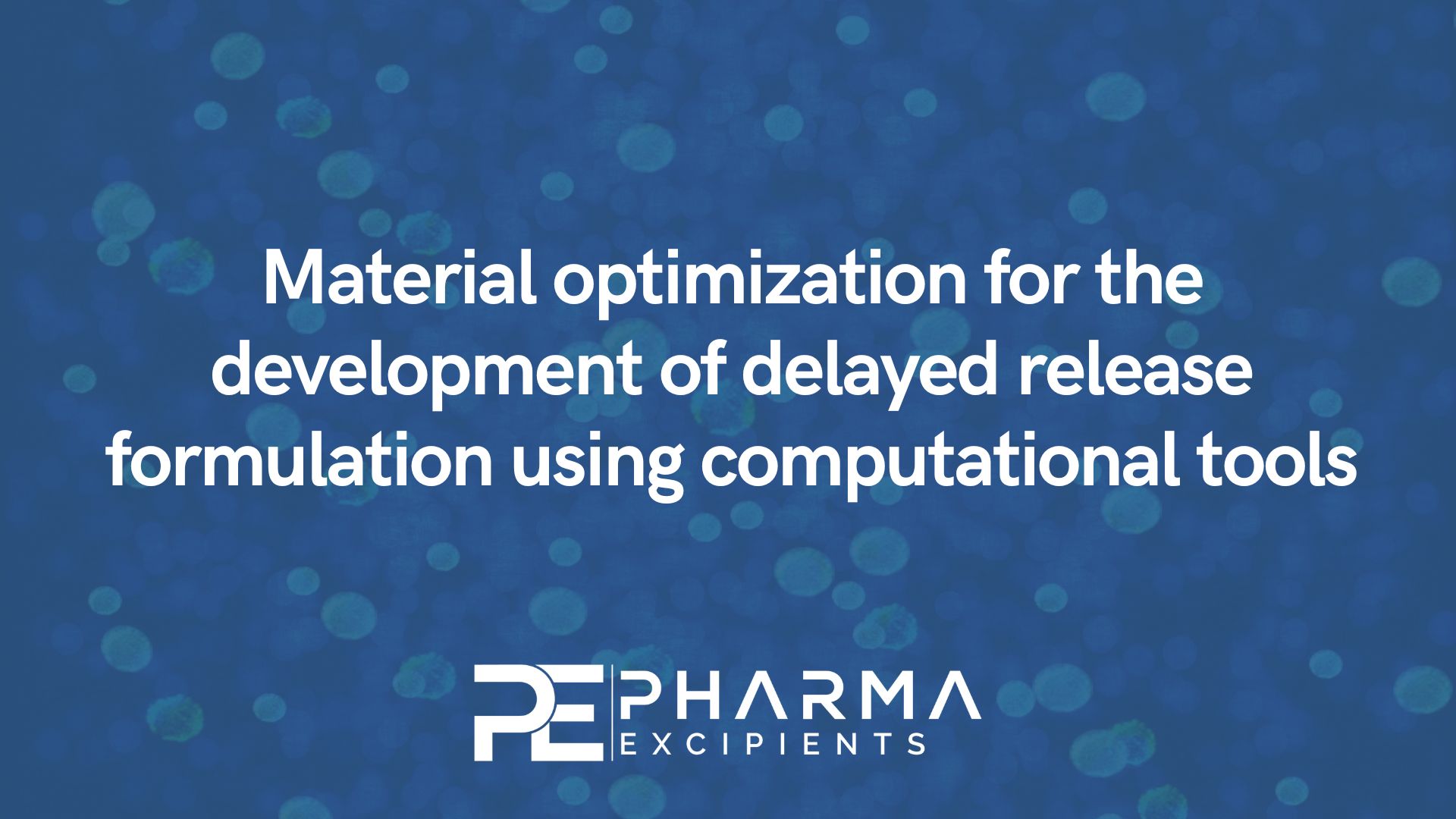Material optimization for the development of delayed release formulation using computational tools

The present study involves designing a delayed-release tablet formulation of a drug belonging to BCS class-III further chemically classified as bisphosphonate to improve bioavailability. The typical approach to drug design experimentation calls for only one variable to be altered at a time, with all other factors remaining constant. The design of experiments, a computational approach, was used to categorize critical factors and record the desired response. A full factorial design was employed to systematically optimize dosage form containing diluent, glidant, and lubricant. The ratio of two different diluents i.e., ceolus KG-802 and ProSolv SMCC HD 90, glidant (Colloidal silicon dioxide), and lubricants (magnesium stearate and stearic acid) were varied to optimize the composition of the material to be used in the formulation development. Further, tablets were manufactured by the direct compression method and evaluated for various parameters like hardness, average weight, friability, and disintegration time.
Renu, Ritika Puri,
Material optimization for the development of delayed release formulation using computational tools,
Materials Today: Proceedings, 2022, ISSN 2214-7853,
https://doi.org/10.1016/j.matpr.2022.06.003.

